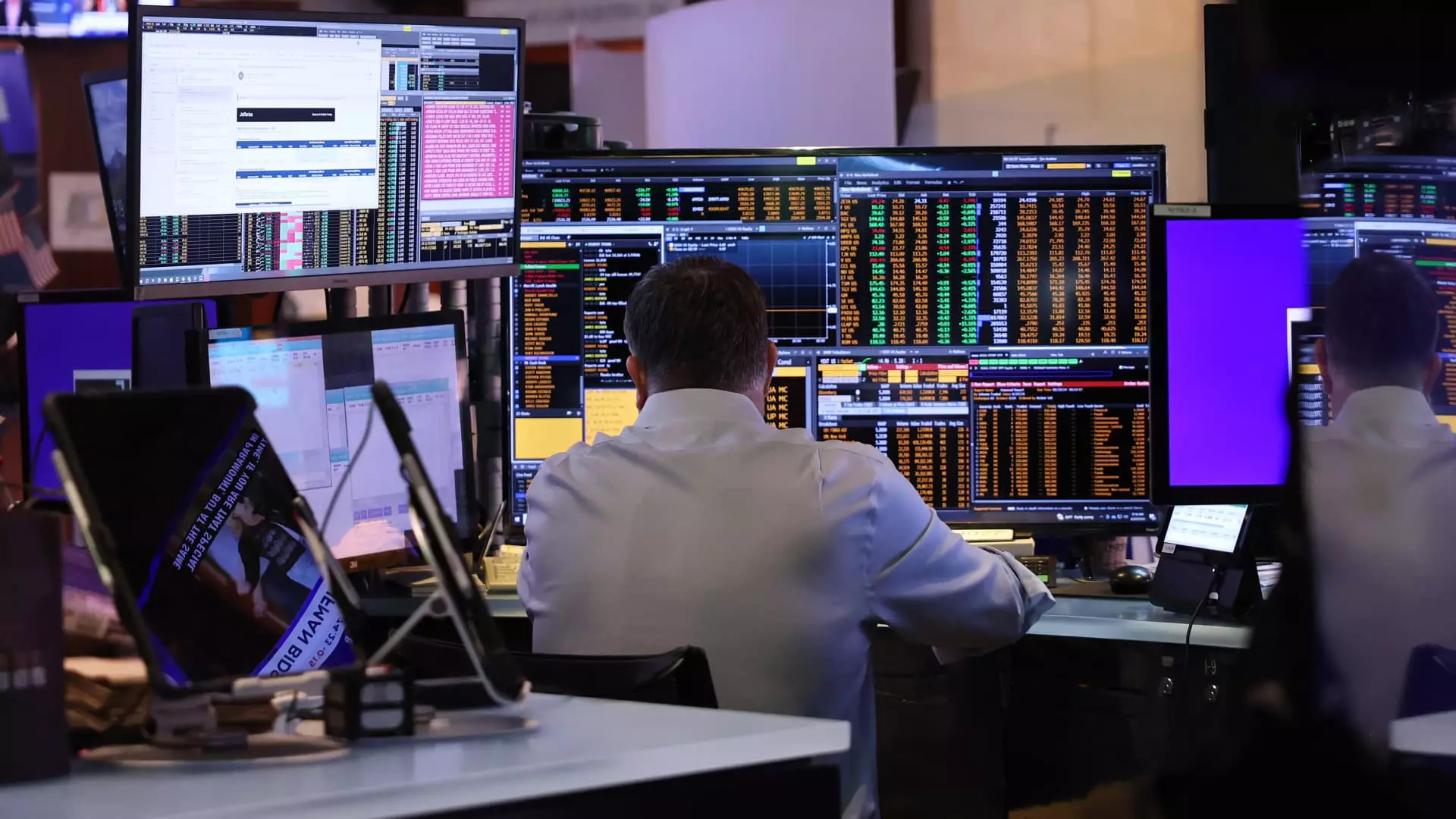The year 2024 has witnessed a surge in exchange-traded fund (ETF) inflows, breaking monthly records and catching the attention of industry experts. Nate Geraci, the president of The ETF Store, expressed his views on the potential impact of the money market fund boom on ETF inflows for the remainder of the year. He highlighted the significant amount of over $6 trillion parked in money market funds, referring to it as the “biggest wild card” in the market.
Recent data from the Investment Company Institute revealed that total assets in money market funds reached a new peak of $6.24 trillion. This surge in assets can be attributed to investors awaiting a Federal Reserve rate cut, which is expected to decrease the yields on money market funds. Matt Bartolini, the head of SPDR Americas Research at State Street Global Advisors, emphasized that as rates decline, capital is likely to flow back into the market from cash reserves.
Bartolini predicted that the capital from money market funds would flow into various investment options such as stocks, higher-yielding fixed income products, and specific segments of the ETF market. He specifically pointed out gold ETFs as a potential area of interest, noting their recent strong performance with substantial inflows over the past few months.
Potential Opportunities for Megacap ETFs
Geraci expressed optimism about the outlook for large, megacap ETFs, expecting them to benefit from the ongoing market trends. He also speculated that ETF inflow levels could surpass the previous record of $909 billion set in 2021, provided that stock markets remain steady and do not experience significant downturns. According to Geraci, investors are likely to continue allocating funds to ETFs, potentially breaking the previous record for inflows.
The current landscape of the ETF market is being shaped by the influx of capital from money market funds, driven by expectations of a Federal Reserve rate cut. Industry experts believe that this shift in investor behavior could lead to increased inflows into various investment avenues, including ETFs. As the year progresses, it will be interesting to see how this trend unfolds and the potential implications it may have on the overall market dynamics.

